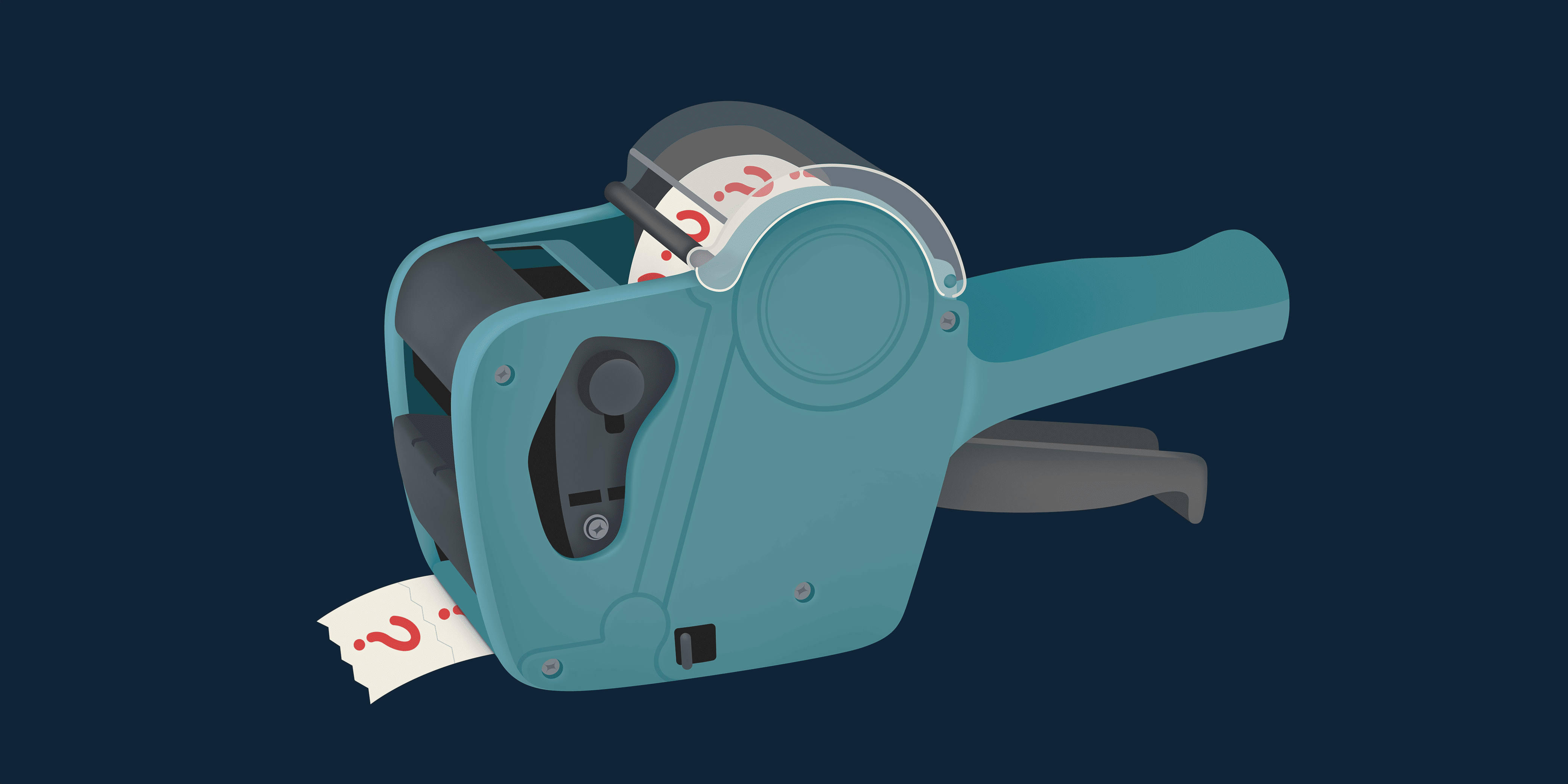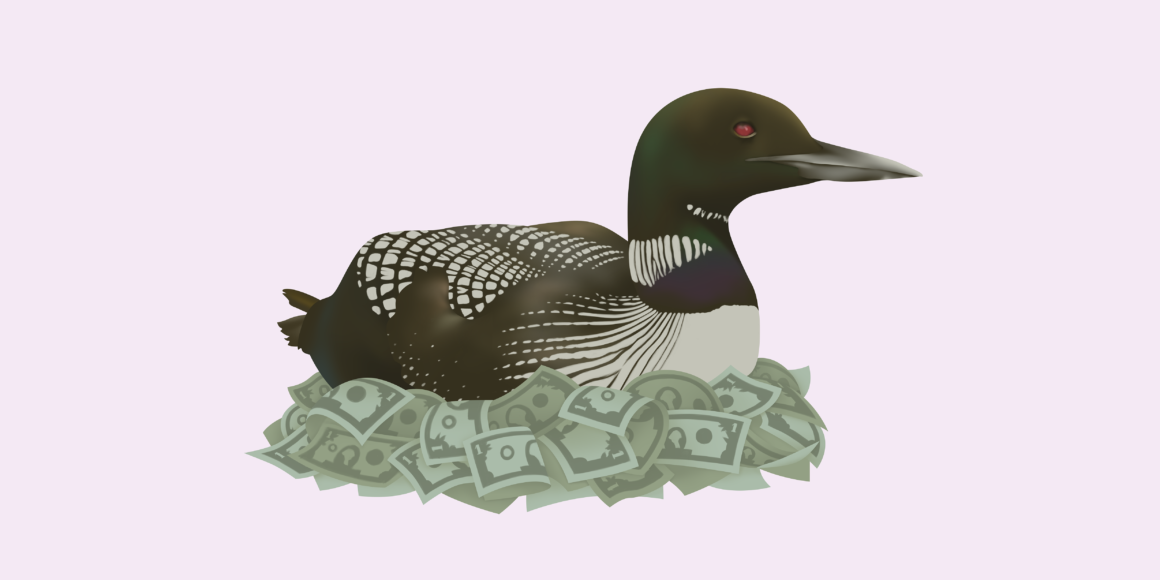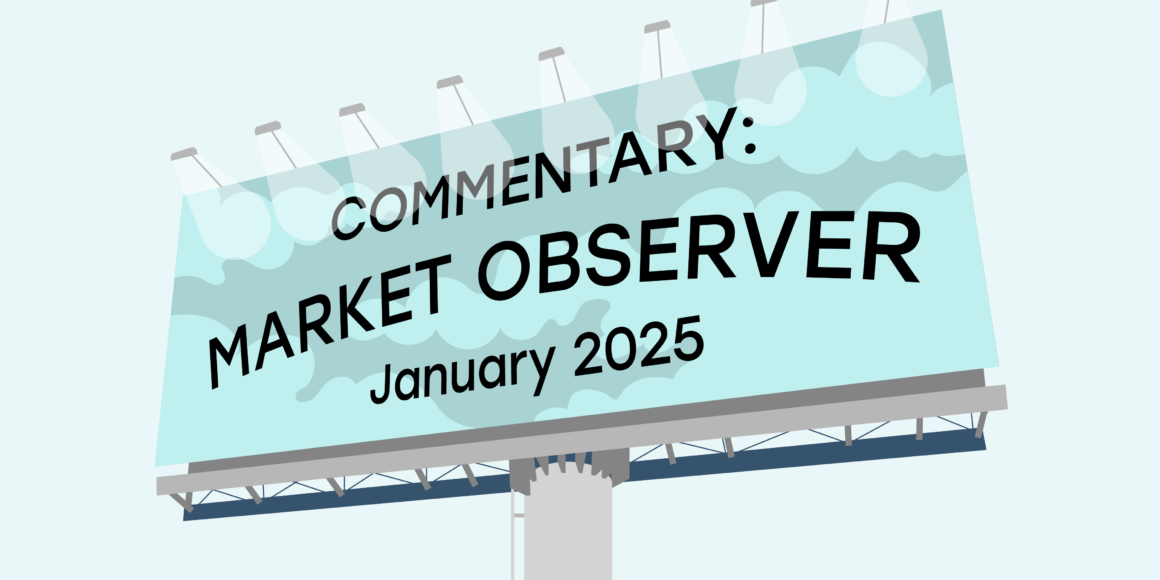*Editor’s Note: The U.S.-Canada tariff situation has been fluid and quickly changing at the time of writing this article in February 2025. While the financial information is accurate as described, the events related to tariffs, trade uncertainty, and U.S. President Trump are ever-evolving.
Canada has been stickhandling threats of U.S. tariffs since Donald Trump became U.S. president and set his sights on picking a fight with one of its biggest trading partners. How all this trade uncertainty will play out remains unclear, but many are wondering what’s behind these events and what may come next.
The Financial Pipeline spoke with Douglas Porter, BMO’s chief economist and managing director of economics, about President Trump’s approach to tariffs and what it could all mean for Canada. Answers have been edited for brevity and clarity.
How Trump’s tariff strategy fuels trade uncertainty
The Financial Pipeline: U.S. President Donald Trump is big on tariffs, saying that this is a way to rebalance the world economy and put America on top, but most economists don’t like tariffs. What’s your viewpoint?
Douglas Porter: Many economists have tended to be overly negative from the U.S. standpoint on how much damage tariffs will do to the U.S. economy. They’re a negative – I don’t think they make the economy stronger – but I don’t think it’s as negative for the U.S. as economists make it out to be. The U.S. has a lot of market power. If they were to impose tariffs on, say, Canada and Mexico, it would hurt us a lot more than it would hurt them. If it was a more modest tariff, for instance, our producers would end up eating most of the cost (and) it really wouldn’t affect their producers. The U.S. and China have been fighting a low-level trade war for years now. The U.S. has put quite heavy tariffs on China, and it’s barely shown up at the consumer level in the U.S. Trump just sees tariffs as this net positive for the U.S. He thinks it’ll encourage manufacturers to move their plants back to the U.S., to invest more in the U.S., produce more in the U.S. If not, he sees it as a revenue raising measure where, ultimately, most of the costs will be borne by foreign firms. (He thinks that will end up) as revenues in U.S. government coffers.
Trade deficits: Do they justify tariffs?
FP: How do trade deficits, and Trump’s concern about these, play into all this?
DP: (Experts) see a U.S. trade deficit as sort of a natural outcome of the U.S. economy growing so much faster than everyone else. U.S. consumers are spending a lot more than consumers in other economies. In some ways it’s a reflection of relative U.S. strength, but that’s just not the way Mr. Trump sees it. I actually do think there is an issue with China, there is a very serious imbalance, but I think he’s dead wrong on Canada. Canada is not taking advantage. Trade between Canada and the U.S. is very evenly balanced. Yes, we do run a small trade surplus, but up against how much we export and import from the U.S., it’s relatively small. (Trump also) never mentions the fact that the U.S. has a surplus on services trade. Some of that’s tourism, we pay for Netflix, (we spend with) companies like Amazon and Uber. So trade is actually very well balanced. This little episode (with tariffs imposed by the U.S. on Canada) is probably going to lead to an even wider trade imbalance with Canada. They’ve now enraged a lot of Canadians who are looking for where they can substitute a Canadian product for a U.S. product. So, it’s probably actually going to widen the U.S. trade deficit with Canada.
What’s next after the 30-day reprieve?
FP: What are the next steps for all this trade uncertainty now that we have a temporary (30-day) reprieve (at the time of writing, on Feb. 5, 2025)?
DP: We’re not done with this. This is just a 30-day reprieve. We could be right back at this in a month (Eds note: In fact, on Feb. 10, 2025, just a week into that reprieve, Trump announced he will impose a 25 per cent tariff on all aluminum and steel imports to the U.S., including from Canada, starting on March 12. He has subsequently threatened additional tariffs). And then ultimately (it’s rumoured that) Mr. Trump wants to review, if not totally renegotiate, the very deal he reached on USMCA (The United States-Mexico-Canada Agreement), so I’m sure there’s going to be more drama in the next year, even the next month. We’re not out of the woods by any means. We may have passed the point of maximum risk, but we’ll see.
Can Canada diversify its trade?
FP: Experts say we need to diversify our export avenues, is that possible?
DP: It’s not easy. Basically, all our auto exports go to the U.S., very precious little is sold anywhere else. And that’s not easy to change. The reality is we’ve got the biggest market right next door. There is the gravity theory of trade – that trade tends to gravitate towards the biggest, closest market. You can’t fight gravity.
What can Canada do?
FP: What do you think some of the next steps are? We’ve already laid out how we might retaliate, and consumers might change their buying patterns. Is there anything else?
DP: I think we basically just have to wait and see how this plays out. I do think that, from a broader perspective, we should use this as a bit of a wake-up call to not take (our U.S. and other trading relationships) for granted. But more fundamentally, (Canada needs) to look at ways we can strengthen our own internal economy and improve productivity. One thing a lot of people have been talking about over the last few weeks is knocking down some of these inter-provincial trade barriers. That’s the place I would start with. We (also) have to continue to look at ways we can improve our taxation system and regulatory backdrop to make sure we’re not hampering business investment in this economy. And yes, we have to look at broadening our trade where we can, to strengthen exports to other markets as much as possible. That’s a tough challenge, I readily recognize, but we do have to look at that.
To read more about how tariffs work and how they could impact consumers and the economy, click here.





